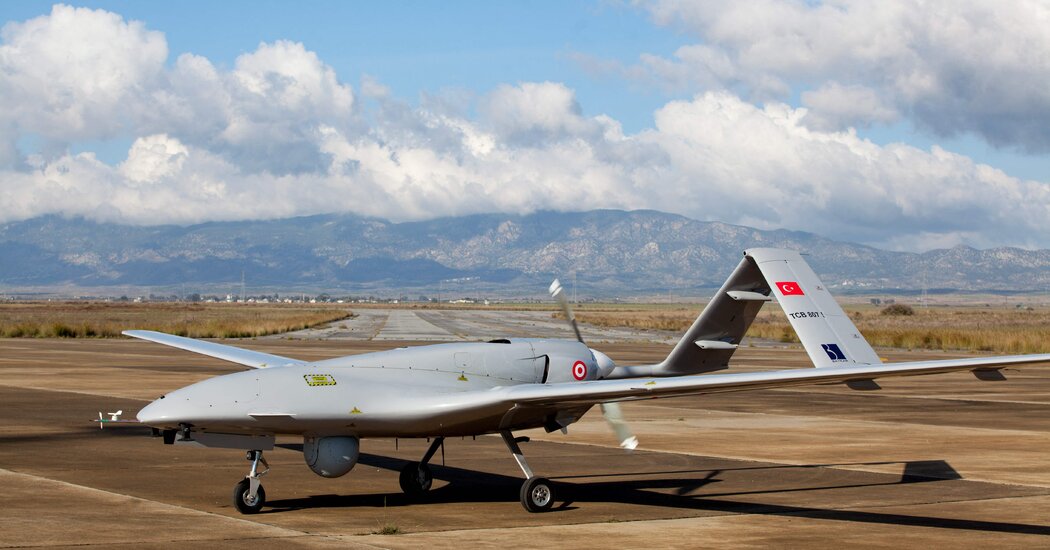
Without air superiority, the Russian offensive has been bogged down, claiming little new territory in recent days while losses mount. The Pentagon estimated on Wednesday that 5,000 to 6,000 Russian troops had been killed, and observers said the number of tanks, missile launchers and trucks that Russia had lost ran into the hundreds.
Russia-Ukraine War: Key Things to Know
A show of E.U. support. The leaders of Poland, the Czech Republic and Slovenia headed to Kyiv to express the European Union’s “unequivocal support” and offer financial help to Ukraine. The visit was kept secret until the last minute as fighting rages around the Ukrainian capital.
At the start of the war, Ukraine had five to 20 Bayraktar TB2s in service. Russia claims to have shot down several of them, and it is unclear how many remain. Still, Ukraine continues to release video images that appear to show the drones destroying Russian vehicles.
Air superiority is seen as a critical first step in modern warfare, and armed forces spend a great deal of time and money trying to ensure that they can quickly dominate the skies when fighting starts. Strategists studying Russia assumed that it would immediately use missile strikes to destroy Ukraine’s air force and surface-to-air missile batteries before they could be used, and then move in scores of fighter jets, radar jammers and missile trucks to take control of Ukraine’s air space. With air superiority established, Russia could freely use its fighters, bombers and drones to annihilate the Ukrainian military.
That has not happened.
In the first days of the invasion, the Russian military appeared to hold back much of its air power, perhaps assuming that the Ukrainian military would not put up much of a fight. Instead, Russian forces met stiff resistance; when they tried to move in mobile missile launchers and electronic warfare vehicles to control the airspace, the convoys were ambushed by Ukrainians before they could reach the fight.
“It’s certainly not the way we would prosecute an air campaign,” said Michael Kofman, the director of Russia studies at C.N.A., a defense research institute in Arlington, Va.
“But then again, this war didn’t start the way the Russian military organizes and trains to fight, either,” he said. “It was a bungled regime-change operation that became a war they didn’t really plan for.”
But lack of a quick victory for Russia did not mean victory for Ukraine, Mr. Kofman added, noting that Ukraine continues to lose aircraft to Russian missiles, and that it was not possible to glean the true state of the air war from official statements and news reports alone.




